Samsung Galaxy Tab S9 vs. Apple iPad Air: Which high-end tablet should you buy?
Both tablets have stellar hardware, so it's the software that counts.
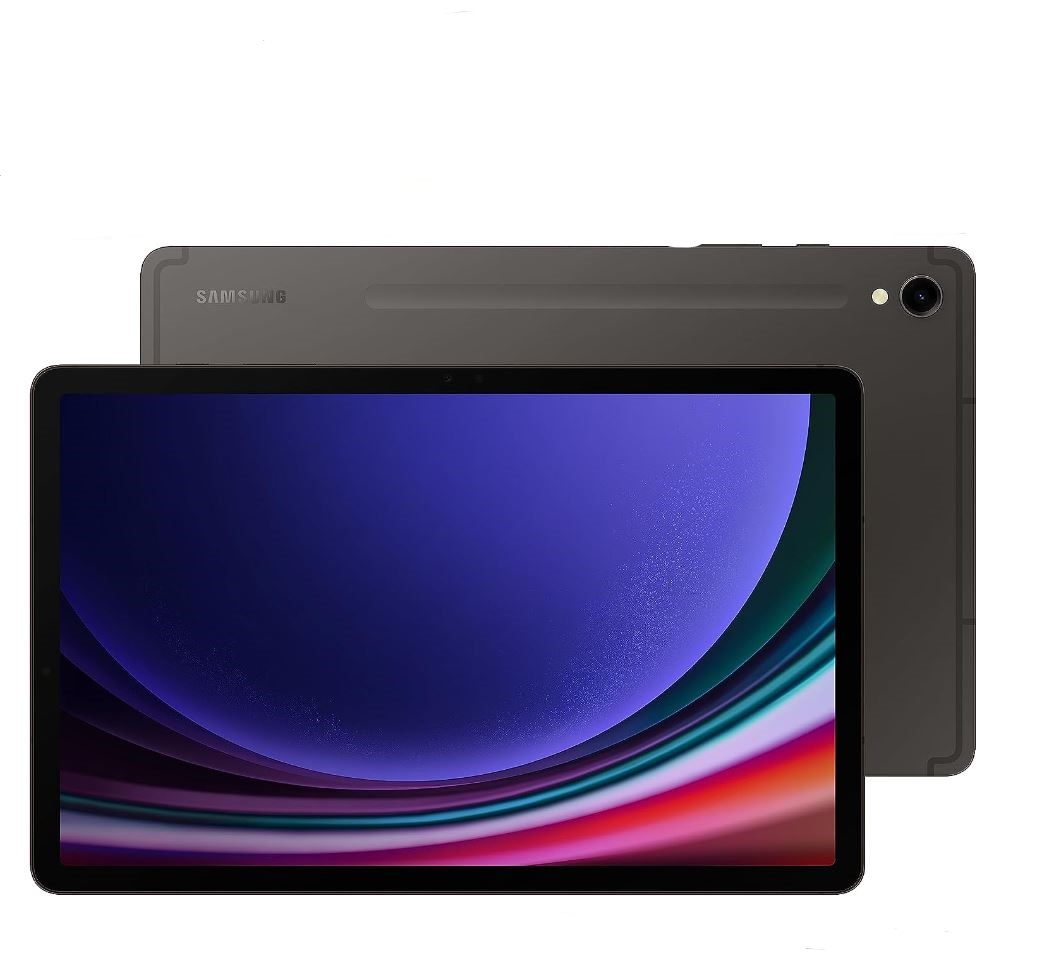
Ideal for multimedia
The Galaxy Tab S9 is the obvious choice if you want a 11-inch tablet primarily for consuming media. The 120Hz AMOLED panel is absolutely stunning, and it makes streaming videos and movies a delight. Samsung also rolled out a slate of hardware upgrades, and you get all-day battery life consistently. But the biggest issue isn't the hardware; Android tablets still don't measure up to the iPad on the software front, and while Samsung offers custom features that make the Tab S9 stand out, there's still work to be done in this area.
Pros
- Gorgeous 120Hz AMOLED screen
- Outstanding battery life
- IP68 ingress protection
- Wi-Fi 6E and Bluetooth 5.3 connectivity
- Stylus included in the box
- Useful multitasking features
- Long-term software updates
Cons
- Costlier than the iPad Air
- Doesn't work with older accessory ecosystem
- Software still not on par with iPad
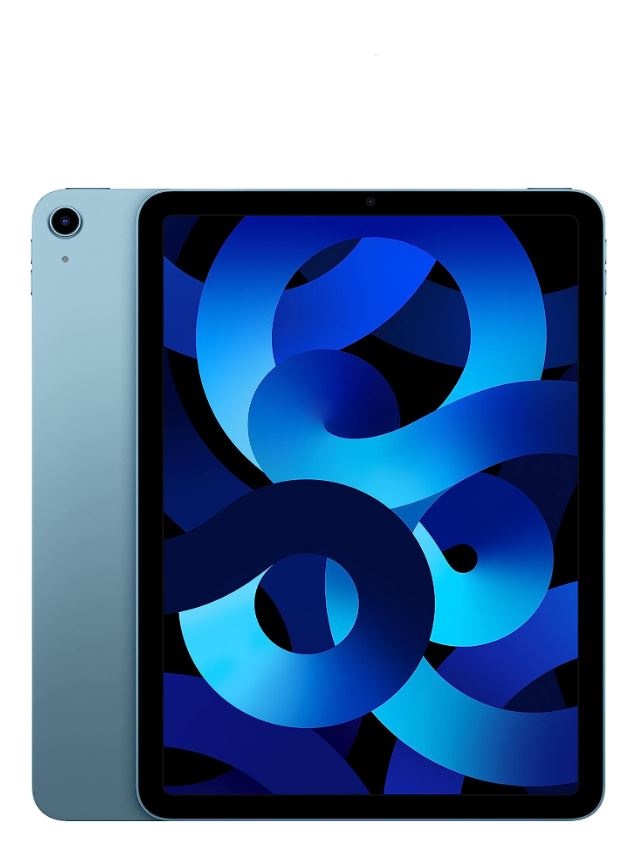
A great all-rounder
The iPad Air doesn't have the same caliber of hardware as the Tab S9; it uses an LCD screen, there's no ingress protection, it misses out on Wi-Fi 6E and Bluetooth 5.3, and you won't find a MicroSD slot. That said, the M1 silicon is a true powerhouse, and the iPad Air makes up for other shortcomings with extensive software features that give it an overwhelming edge against its Android rivals. In short, you're basically buying the iPad Air for the software, not the hardware.
Pros
- Stellar power thanks to M1 silicon
- Vibrant 10.9-inch screen
- Charges over USB-C
- Will get at least five platform updates
- Extensive app ecosystem
Cons
- Screen limited to 60Hz
- No ingress protection
- Base model has just 64GB of storage
Samsung Galaxy Tab S9 vs. Apple iPad Air: Design and screen
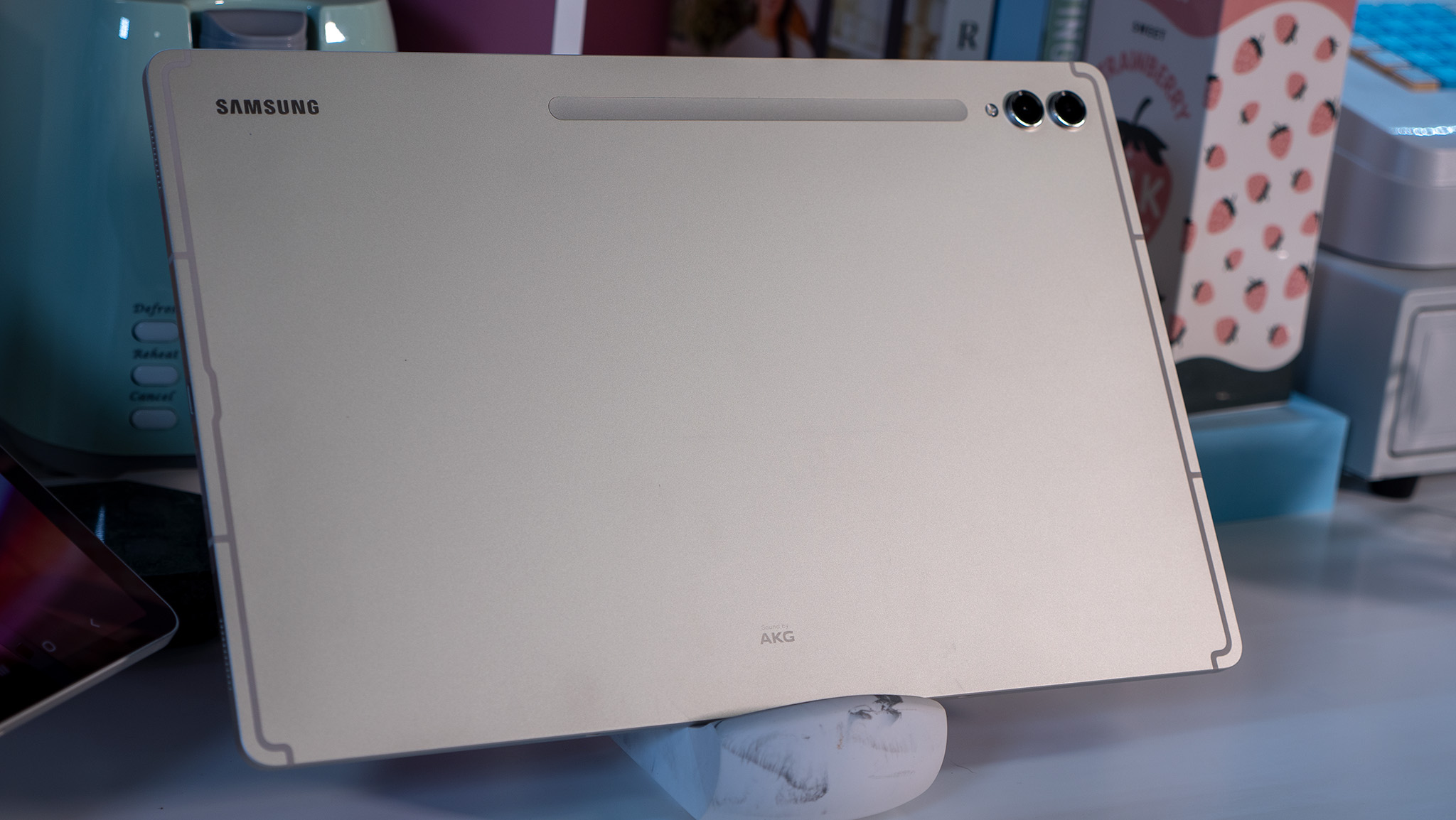
There isn't much to differentiate either tablet when it comes to the design side of things. The Galaxy Tab S9 has an aluminum chassis and flat sides, and the only notable design characteristic at the back is the indent that houses the S Pen stylus. On that note, the stylus itself is bundled in the package this time.
The aluminum frame and back gives the Galaxy Tab S9 the requisite rigidity, and the build quality is exquisite. The only quibble I have on the design front is the choice of colors — you don't get any interesting color variants of the Tab S9, and that's a letdown. But aside from that, Samsung managed to tick all the right boxes here: the tablet has IP68 dust and water resistance, and there's a MicroSD slot should you need to increase the storage.
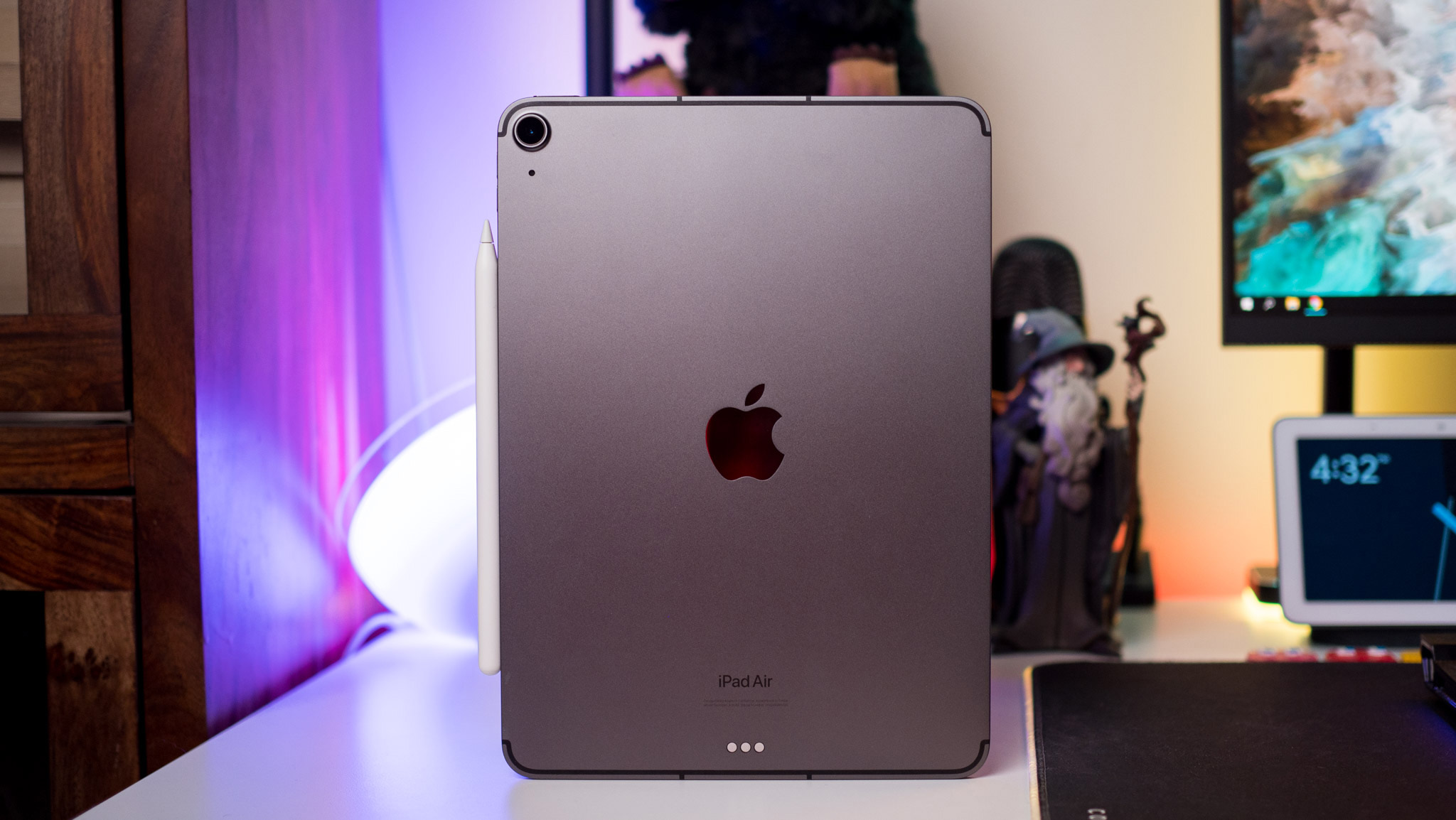
Now, Apple isn't known for introducing changes to its devices, and as such the iPad Air looks identical to its predecessor. It has the same dimensions, the same flat sides with an aluminum chassis, and the same bezels at the front. What's great with this generation is that the tablet is available in interesting color options, and the blue model I'm using looks great.
Because the iPad Air has the same dimensions as its predecessor, you can use accessories designed for the older tablet — like the Magic Keyboard — here as well. I bring up that point because Samsung doesn't allow the same; the Tab S9 also has a similar design aesthetic to its predecessor, but there are minute changes to the dimensions, preventing older accessories like keyboards and cases from being used with the tablet. It's a user-hostile move, and Samsung really should have done better in this area.

The biggest use case for a tablet is multimedia, and the Galaxy Tab S9 doesn't put a foot wrong here. The tablet has a large 11-inch screen with minimal bezels around the sides, and it features an AMOLED panel with 120Hz refresh. The high refresh rate ensures daily interactions are silky smooth, and the AMOLED screen is fantastic for consuming media.
TV shows and movies look absolutely fabulous on the device, and HDR10+ unlocks wider color gamut on your favorite streaming platforms. If you want a tablet primarily for streaming content, this is the one to get. Samsung did a good job with the sound as well, and the Tab S9 features quad speakers that do a great job. While I'd recommend using wireless earbuds with the tablet, the onboard audio is more than adequate for streaming content.

As for the iPad Air, it has a 10.9-inch LCD panel, and while it has great colors out of the box, it doesn't quite measure up to what Samsung is offering. The LCD panel doesn't have the same contrast levels or viewing angles, and the screen refresh is limited to 60Hz. That isn't to say the tablet is sluggish in daily use — far from it — but it doesn't have the same immediacy that you get with the Tab S9.
Get the latest news from Android Central, your trusted companion in the world of Android
Samsung Galaxy Tab S9 vs. Apple iPad Air: Hardware

Both tablets have among the best hardware you'll get in this segment, with Samsung using Qualcomm's latest Snapdragon 8 Gen 2 on the Tab S9. That's joined by a nano-SIM slot that allows for 5G connectivity, and you get Wi-Fi 6E and Bluetooth 5.3 as well. There's an in-screen module that works reliably well, and unlocking the tablet is about as straightforward as it gets.
The iPad Air also has a lot to offer in this area, with the tablet featuring the M1 silicon. You get the option to use a nano-SIM or eSIM for cellular data, and the tablet relies on Wi-Fi 6 and Bluetooth 5.0. There's a Touch ID module baked into the power button, and it does a decent enough job with authentication. It's not as easy to use as the in-screen sensor on the Tab S9, but it is just as secure.
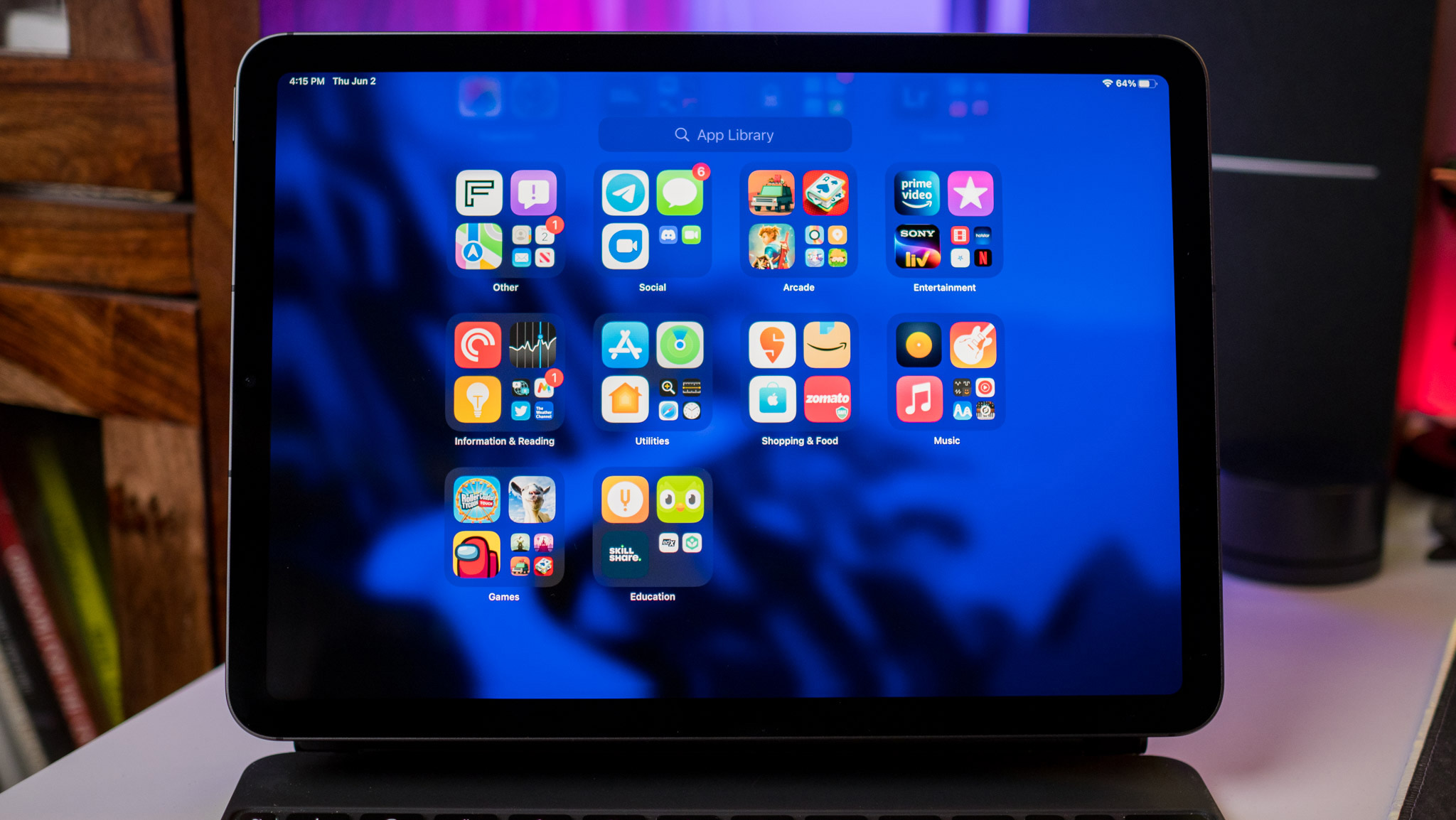
Given the hardware on offer, there's zero lag on either tablet in daily use, and they both handle intensive gaming just as well. The iPad has a distinct edge in this area as it comes with a higher caliber of games, but the Tab S9 isn't short on power either. As for charging, both tablets feature USB-C ports for charging, and they can be connected to a wide variety of accessories, including hubs, keyboards, and so on.
In a similar vein, there are no problems when it comes to the battery life, with both tablets delivering over ten hours of screen-time between charges. Neither tablet comes with a charger in the box, so you'll need to pick up one of the best GaN chargers if you don't already have one that goes up to 45W.
Samsung Galaxy Tab S9 vs. Apple iPad Air: Software

The software makes all the difference in this segment, and the iPad Air continues to be in the lead in this area. Whether it's the sheer number of apps available on the device or how well they perform, the iPad Air has all Android tablets handily beat, including the Tab S9. While things are changing for the better on Android — as evidenced by the introduction of LumaFusion — the tablet ecosystem just isn't as robust as what you get on the iPad.
That said, Samsung's software feature-set is about the best you'll find on an Android tablet today. While there aren't any noteworthy additions with the Tab S9 series, you get a good amount of multitasking features and productivity additions, and One UI 5.1 includes all the tablet-focused features introduced in Android 13.
Both tablets will get long-term software updates, with Samsung guaranteeing four platform updates and five years of security updates. The iPad Air should get at least five iOS platform updates, giving it a slender lead over the Tab S9.
Samsung Galaxy Tab S9 vs. Apple iPad Air: Which should you buy?
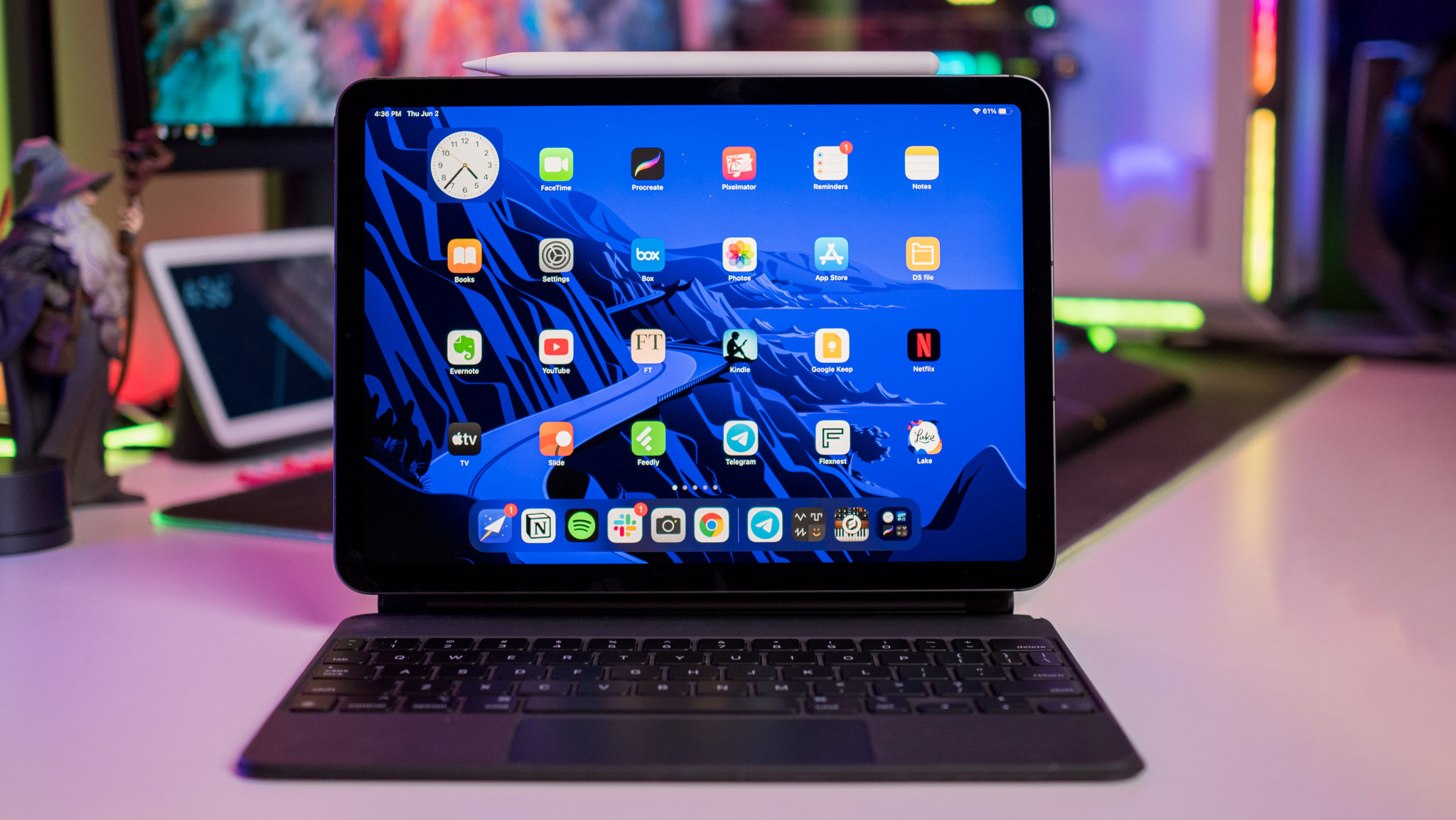
Ultimately, choosing between the two comes down to preferences. If you want a tablet primarily for consuming media, the Tab S9 is the go-to choice. The AMOLED panel makes all the difference in the world, and it offers much better color vibrancy and contrast. It is among the best Android tablets available today, and the hardware along with long-lasting battery make it an easy recommendation.
The iPad Air is a no-brainer if you need a versatile tablet. The software ecosystem is unmatched, and you get a significantly wider variety of accessories, making it a great choice for productivity. While the iPad Air costs less than the Tab S9, the base model comes with a pitiful 64GB of storage, and the 256GB version retails for $749 — just $50 less than the starting version of the Tab S9 with 128GB of storage.

Ideal for multimedia
If you need a tablet for streaming movies and TV shows, the Tab S9 is the obvious pick. The 120Hz AMOLED panel makes it a delight to use, and the vibrant screen is backed by the latest hardware and outstanding battery life.

A great all-rounder
If you want the best software ecosystem and a versatile tablet that's well-suited for multimedia and productivity, the iPad Air is the tablet to get.

Harish Jonnalagadda is Android Central's Senior Editor overseeing mobile coverage. In his current role, he leads the site's coverage of Chinese phone brands, networking products, and AV gear. He has been testing phones for over a decade, and has extensive experience in mobile hardware and the global semiconductor industry. Contact him on Twitter at @chunkynerd.
